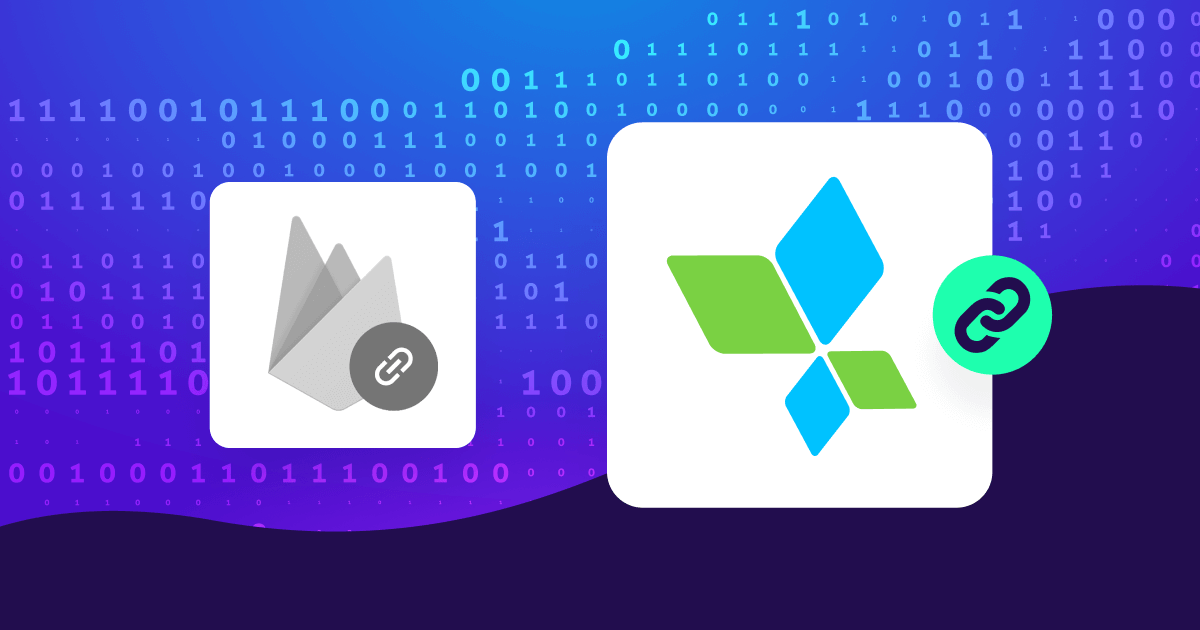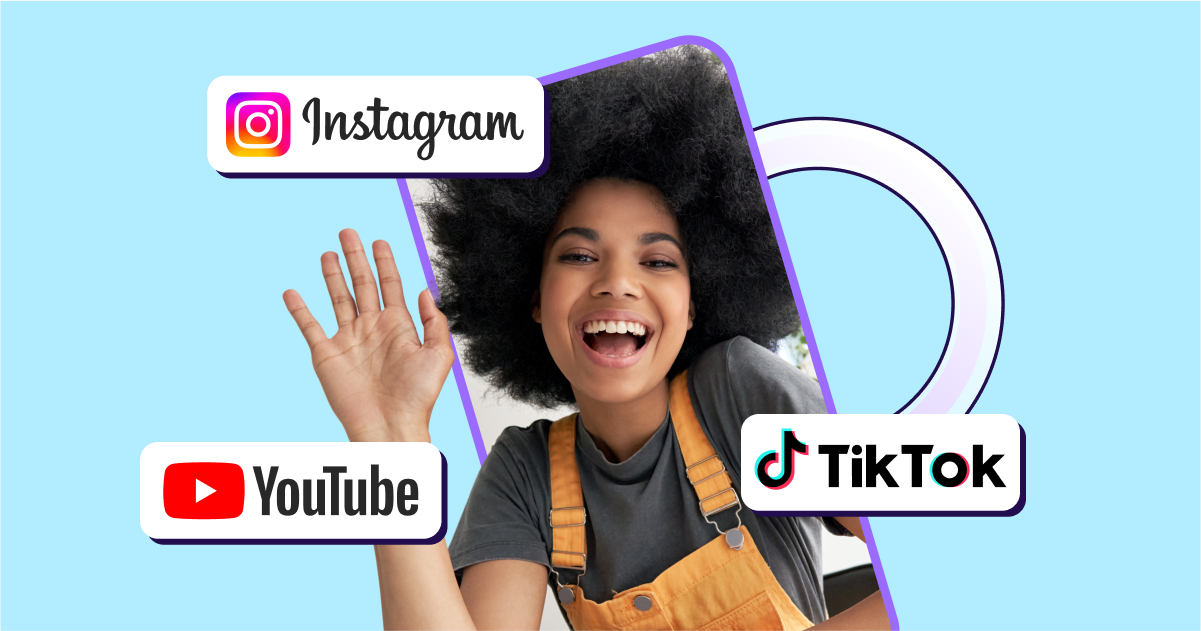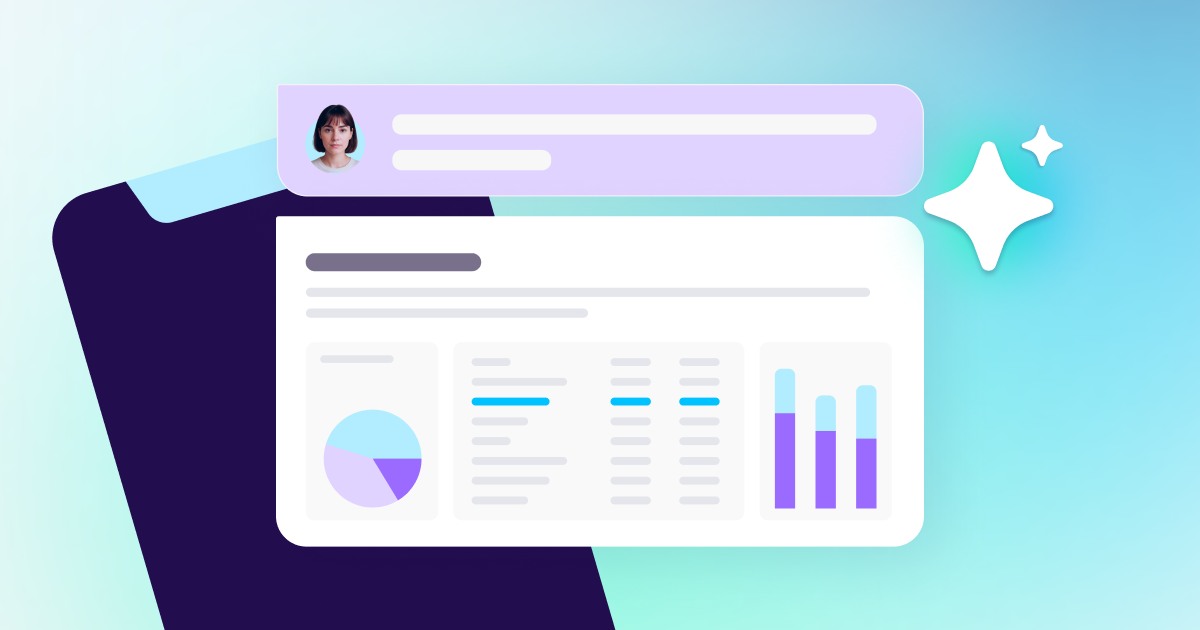
Small but valuable: how to leverage 27% of iOS users with an IDFA
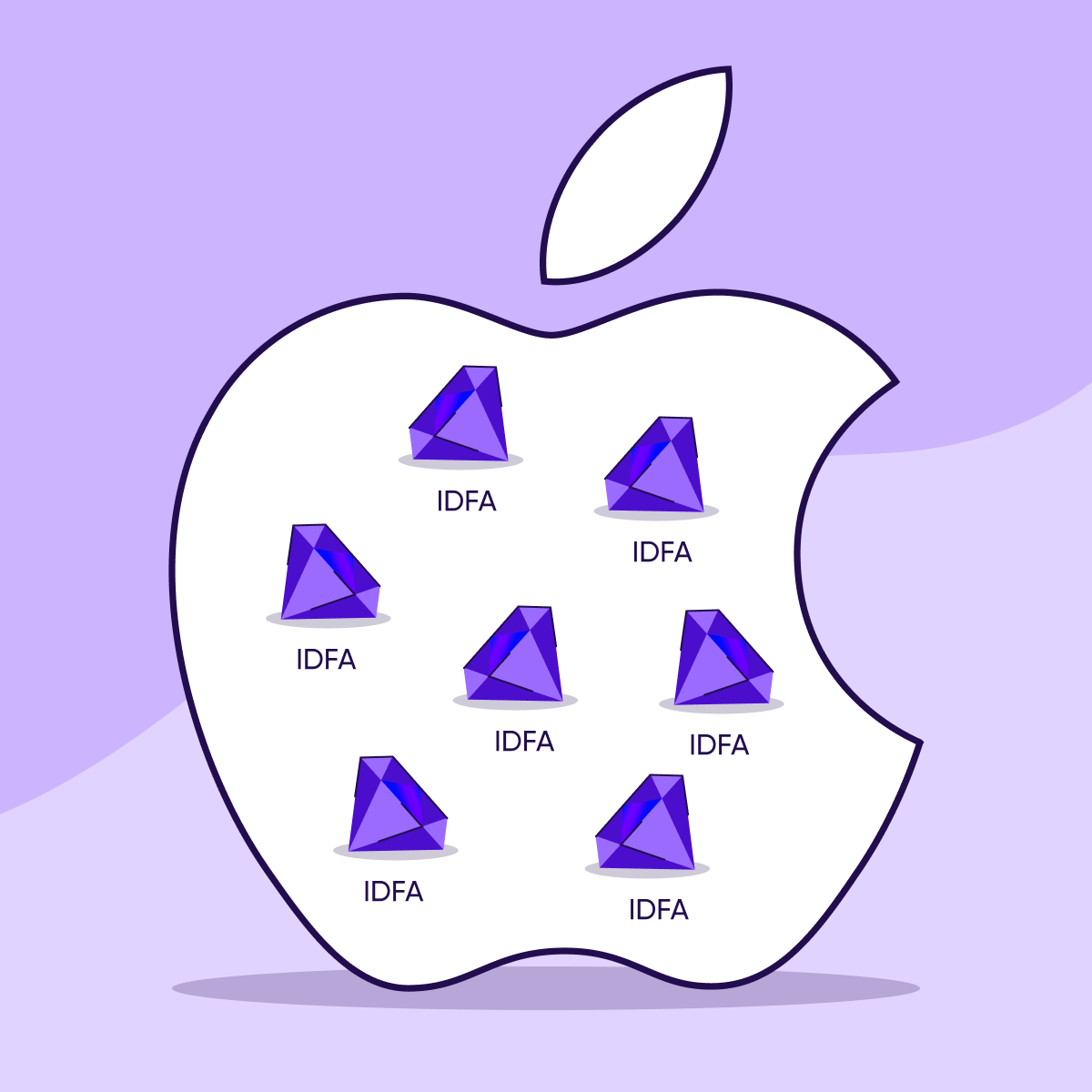
Since the release of iOS 14, you’ve probably heard it time and time again: “The IDFA is dead”, “We’re living in the IDFA apocalypse”, or some other doom and gloom expression.
Reality, however, tells a different story.
According to an analysis of nearly 1 billion iOS non-organic app installs in Q1 2023, 27% have an IDFA — that is, they were attributed by ID matching thanks to users consenting to share their identifier on both publisher and advertiser sides.
Don’t get me wrong, Apple’s AppTracking Transparency (ATT) framework in iOS 14.5 has created a tectonic shift: from roughly 70% to 80% ID matching rates before ATT to the present 27%. It’s a dramatic drop which clearly places the new data reality as an aggregate, rather than user-level, data reality.
On the plus side, the number increased 10% in 2022 and a further 5% in Q1 2023, as apps are optimizing their ATT prompt experience and more users are coming around to the idea of providing consent, given it delivers a better ad experience.
This cohort of consenting users — for which there is full user-level data granularity — can be significant and help you optimize your campaigns, measure your traffic value, and much more, as we’ll show in this blog.
What’s going on with IDFA?
A little bit of basics before we dive in: the Identifier for Advertisers (IDFA) is Apple’s unique identifier that is assigned to every iOS device. When available, this number helps measure user activity across the app ecosystem — from campaign, through install, to any post-install action.
Since the introduction of ATT in iOS 14.5, the IDFA is not available by default. If apps want to use it, they have to ask users to opt in to tracking before their IDFA is shared with other companies.
From a user experience point of view, consent rates are quite high. If we isolate users who have seen the ATT prompt (some apps don’t show it, and users who previously enabled Limit Ad Tracking don’t see it, for example), we see consistent opt-in rates ranging between 40% and 50%. As mentioned above, apps are optimizing the prompt experience and more users are open to consent.
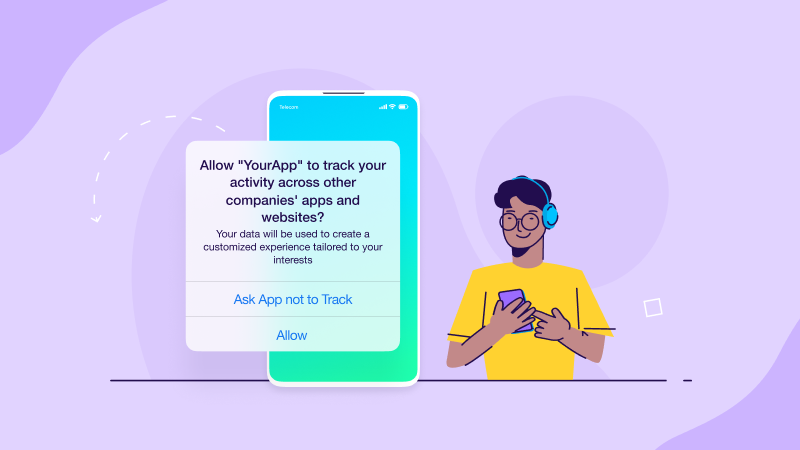
However, the primary challenge for marketers is the need to secure dual opt-in. That means users need to consent to the request for tracking on both the publisher and advertiser sides to enable the use of IDFA for attribution and marketing optimization.
Indeed, this explains the gap between 45% opt-in rates and 27% ID matching rates.
So how do we leverage this partial yet highly valuable cohort of users? Here are three ways you can do just that.
IDFA benefit #1: help ad networks to improve targeting and reporting
Without user consent, ad networks only receive aggregated data via SKAdnetwork that is not related to individual user behavior. It consists of non-user level data, campaign performance data without any information about individual ad groups or creatives, limited conversion events (64 bits in SKAN 3), and a postback delay of two to three days or more.
Sharing the cohort data from consenting users with the ad network enhances its targeting ability by identifying what kind of users install the app, complete events, and bring the most value (when sharing revenue data). The network can then show the ads to more relevant users.
With conversions being modeled for ad groups and at a creative level – including countries and more specific breakdowns – the consenting cohort data improves the reliability and value of reporting.
This is particularly significant for Google Ads. Google hasn’t implemented the ATT prompt (that is, they don’t ask their users for consent in their apps like YouTube), while SKAdNetwork doesn’t support web conversions (yet — it’s coming with SKAN 4). Aggregated data from SKAdNetwork isn’t used for conversion modeling at the moment.
As a result, Google has a very limited set of external data to optimize campaigns on YouTube and search. But when it comes to its ad network AdMob, where the double opt-in mechanism applies, providing a large base of consenting users can really help Google with targeting and conversion modeling for display ad campaigns on AdMob.
IDFA benefit #2: understand the true value of your cohort
Your consenting users won’t give you a perfect picture of your overall installs and campaign performance, but they will help you understand how valuable your traffic is on the ad network.
The consenting user cohort grants you visibility of retention and LTV data (cohorted), which SKAN desperately lacks. This allows you to gauge the long-term quality of traffic from each campaign and channel.
For example, if a consenting cohort shows higher retention and monetization, you could double down your ad budget for the campaign and ad network. And conversely, where you see a lower quality cohort, you’d want to reconsider this campaign or ad network.
It’s also worth comparing consenting and non-consenting users to see if overall behaviors are similar. While you can’t see this on the channel level, you can compare behaviors by country and platform.
IDFA benefit #3: use IDFA to remarket and build an audience
Because you need the IDFA to run personalized retargeting campaigns, the ability to do so on iOS has been significantly impacted since iOS 14.5.
Having said that, if you have a fairly large cohort, you can create a remarketing list to drive re-engagement, advertise new games, and upsell. What counts as large, you ask? Usually you’ll need a list with at least five digits — otherwise the chances that the campaign will be effective are slim.
You can also create block lists to enforce frequency caps or refrain from advertising to existing active users altogether. This reduces impression waste and improves user experience.
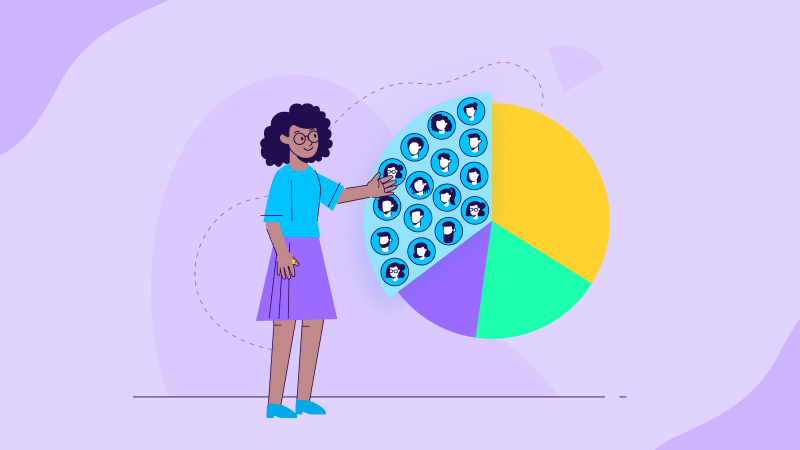
Another use case for large cohort lists is to build lookalike audiences. These are natural extensions to the list of consenting users an advertiser provides to the media platform, enabling them to find more people with shared similarities. It has been one of Meta Ads’ most valuable features.
Nowadays, with automated bidding, ad platforms often recommend leaving targeting open and broad. In some cases, for very specific audiences or messages, niche products, very high value audiences, or just testing, it can still make sense to use lookalike audiences (if supported by the platform).
Lookalike targeting is useful if the ad network can effectively match and extend your custom audience lists. While this strategy has more restrictions, and is more difficult to execute than in the past, it can still prove effective in specific instances.
The prompt is more important than ever before
To benefit from improved optimization and reporting, show the prompt, and show it well. Indeed, our data shows that most app owners show the ATT prompt.
It’s crucial to experiment and optimize your ATT prompts by leveraging pre-prompts, customizing your messaging, experimenting with timing, and setting post-ATT reminders. We’ve seen an average of 10% increase in opt-ins in a year when using the latest optimization strategies.
Also, did you know that users see more ads now compared to before ATT? That’s right: Instagram, YouTube, TikTok, and Apple have all added new ad units across more inventory to counter existing ad formats that are under-performing post ATT.
The result of this ad overload is that users see more and more irrelevant ads — and that creates a terrible user experience. That’s why, on top of all the benefits gained from the consenting cohort of users as mentioned above, showing and constantly optimizing the ATT prompt for consent is more important than ever.
The bottom line is that despite the sweeping privacy changes, the IDFA remains and offers lots of value. It’s ultimately up to advertisers to harness its full potential.


